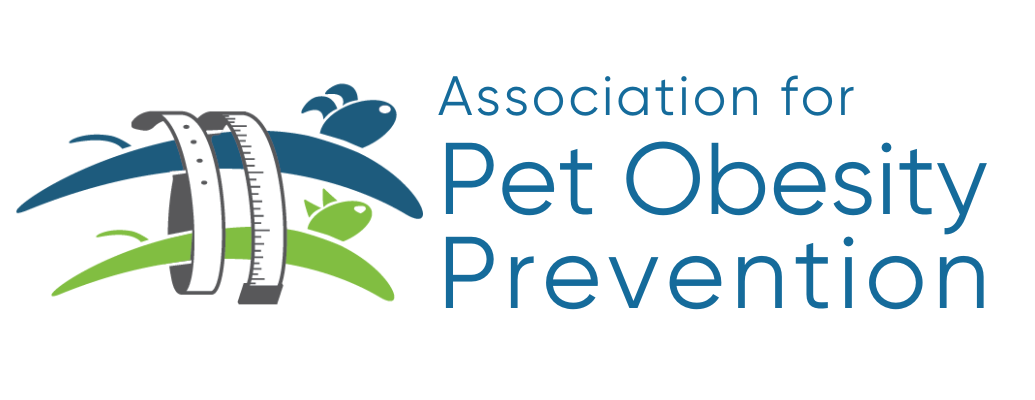
About Our Surveys
Pet obesity rates in the United States have been steadily increasing for decades and are considered one of the most significant health threats dogs and cats face in the United States and worldwide. Over the past 18 years, APOP has strived to bring the topic of pet obesity to the forefront of the veterinary profession, pet industry, and pet-owning public through pet obesity prevalence surveys and opinion surveys.
Pet Obesity Prevalence Survey
The Association for Pet Obesity Prevention (APOP) conducts a national pet obesity prevalence survey every two years. Veterinary clinics volunteer around the U.S., submitting pet weight data collected in-clinic. The survey collects pet weight, age, breed, medical history, and Body Condition Scores (BCS) from cats and dogs. The Prevalence Survey uses a whole-integer 1 to 9 Body Condition Score (BCS) to assess overweight and obesity.
The survey was performed annually from 2007 until 2018 when the Executive Board decided to run the Prevalence Survey on a biennial basis. In 2020, the Biennial Survey was suspended due to COVID-19.
Pet Weight, Nutrition, and Pet Food Survey
The Pet Weight, Nutrition, and Pet Food Survey has been conducted since 2016. This online survey aims to evaluate and analyze the opinions and trends related to obesity and nutrition among both pet owners and veterinary professionals. It covers various topics, including beliefs about pet weight, effective strategies for pet weight loss, ingredient preferences, and sources, and factors they believe are responsible or contributors to pet weight gain.
About APOP
The Association for Pet Obesity Prevention is a 501(3)(c) non-profit organization dedicated to the awareness, prevention, and treatment of pets with obesity and weight-related disorders. Our organization is made up of veterinarians, scientists, and professionals dedicated to pet health and nutrition who are fighting the growing trend of pets with obesity and weight-related disorders.
State of U.S. Pet Obesity 2022 - President's Comments
Dr. Ernie Ward Founder and President of the Association for Obesity Prevention
Pet obesity rates in the United States have been steadily increasing for decades, reaching 59% of dogs and 61% of cats classified as overweight or having obesity in 2022.
Obesity is clinically defined as a multifactorial disease caused by excessive adiposity sufficient to contribute to disease. There is growing evidence that obesity in dogs and cats increases the risk of many non-communicable diseases (NCDs), including skin and respiratory disorders, and renal dysfunction. It increases the risk of metabolic and endocrine disorders (e.g., diabetes), orthopedic diseases (e.g., osteoarthritis, cranial cruciate ligament disease), some types of cancer, and decreased life expectancy. Pet obesity results in reduced quality of life, significant pain and suffering, and increased economic costs for owners, accounting for an estimated twenty percent of all pet insurance claims.
While we have witnessed an increase in obesity awareness by veterinary professionals and pet owners over the past two decades, we need continued innovations in diagnostic tests and tools, interventional therapeutics and diets, and resources to encourage compliance and adherence to weight loss programs.
It is time to shift our efforts from raising awareness to treating pet obesity.
The State of U.S. Pet Obesity in 2022 remains alarming.
Obesity in animals causes immeasurable pain, suffering, and economic costs. Based on our findings, many veterinarians remain skeptical about their ability to help achieve a healthy body condition in affected animals.
There needs to be more evidence-based information and clarity about nutrition among veterinary professionals, members of the pet care industry, and pet owners.
Veterinarians need accurate and accessible methods for determining excess body fat in animals and early identification of co-morbidities and risk factors. We need additional pet obesity prevention and treatment options, including nutritional and pet food innovations, appropriate evidence-based pharmaceutical interventions, and improved means of educating, supporting, and monitoring patients on dietary and lifestyle interventions and weight management plans.
The Association for Pet Obesity Prevention (APOP) remains confident that the worldwide state of pet obesity will improve through persistent efforts and collaborations between veterinary professionals and the pet care industry.
Through partnerships and alliances, APOP will continue expanding its efforts to achieve a world where all animals enjoy a long and healthy life.


